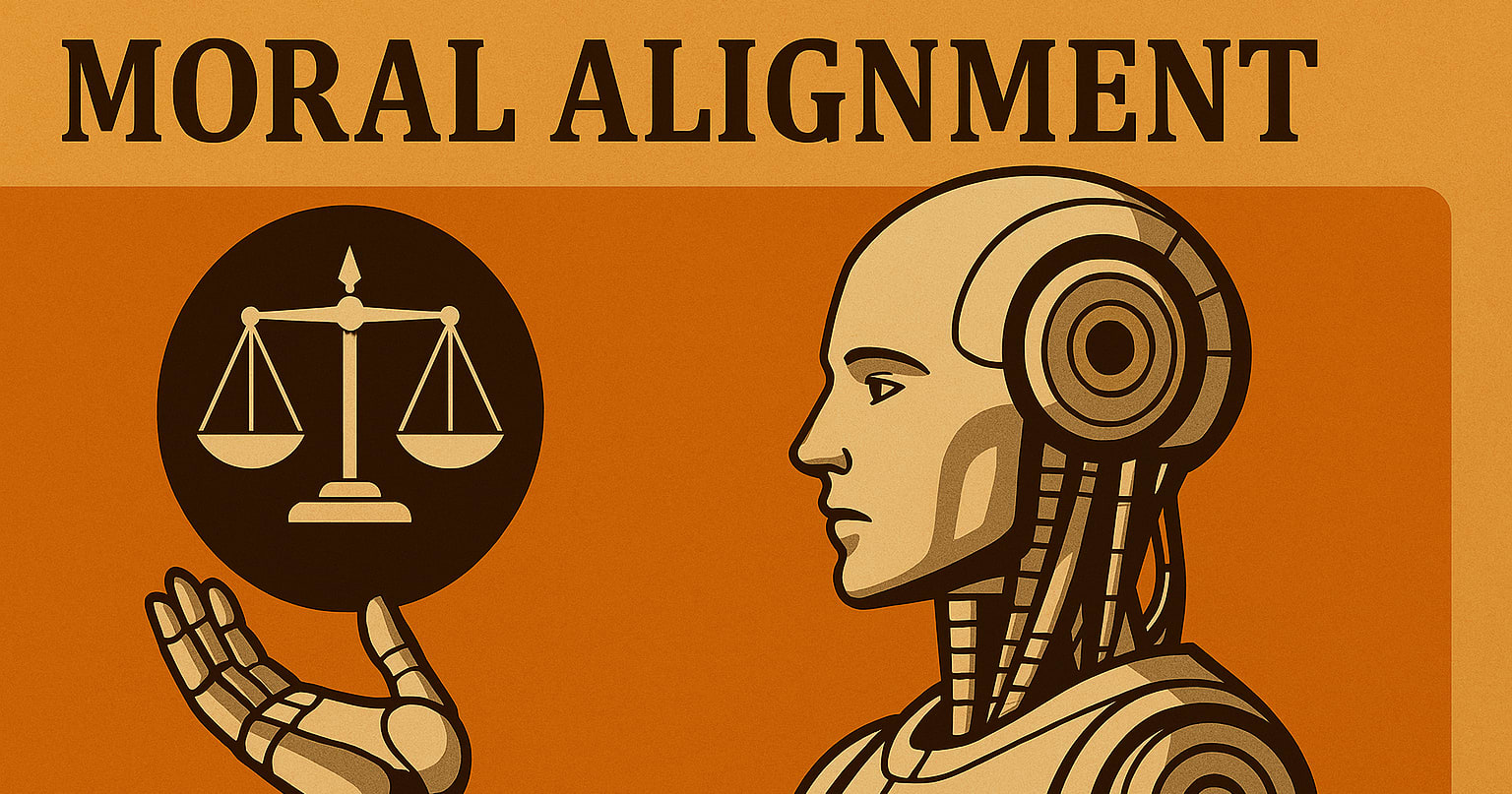Survey link: https://docs.google.com/forms/d/e/1FAIpQLSero-xl9OjCxEC1Non3meq0-diw7MIPR8ij1x5VVi_mo1g_EA/viewform
This survey is an attempt to gather data on the growing movement focused on the goal of reducing wild-animal suffering (RWAS). For the purpose of this survey, "wild-animal suffering" refers to the suffering that wild animals experience from natural causes such as injury, starvation, and disease. Another term for this topic area is "wild animal welfare" (WAW).
If you are unsure whether you are in the target demographic, you probably are. You do not need to be in full agreement with the consensus views of the RWAS community to answer. In fact, you do not need to agree at all.
Please share this widely, including to non-English RWAS-focused communities.
(Disclosure: The authors of this study are not employed by any organization dedicated to RWAS or effective altruism, but have previously volunteered with such groups, are involved with various RWAS communities, and are committed to data privacy.)




I didn't fill in the survey yet, but I just wanted to register my surprise that there isn't a question on terminology in the survey. It seems like it would be useful to get anonymous data on how many people involved prefer WAS vs WAW vs some other thing.
Good suggestion. We'll remember this for next time.